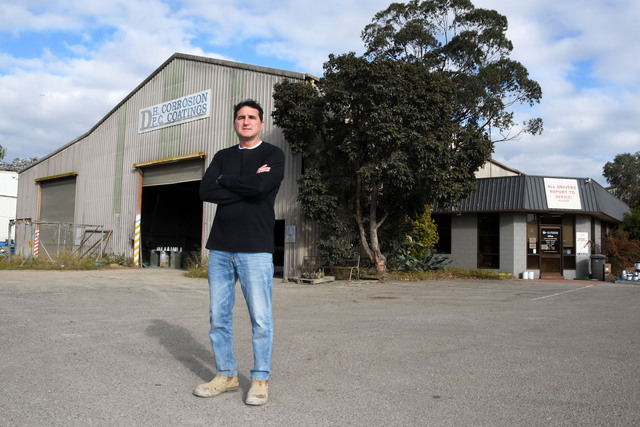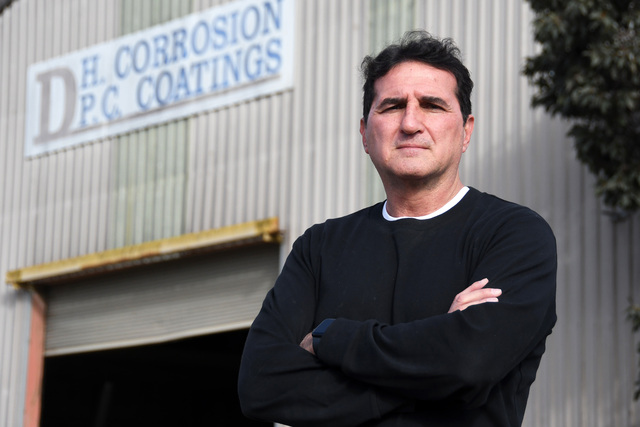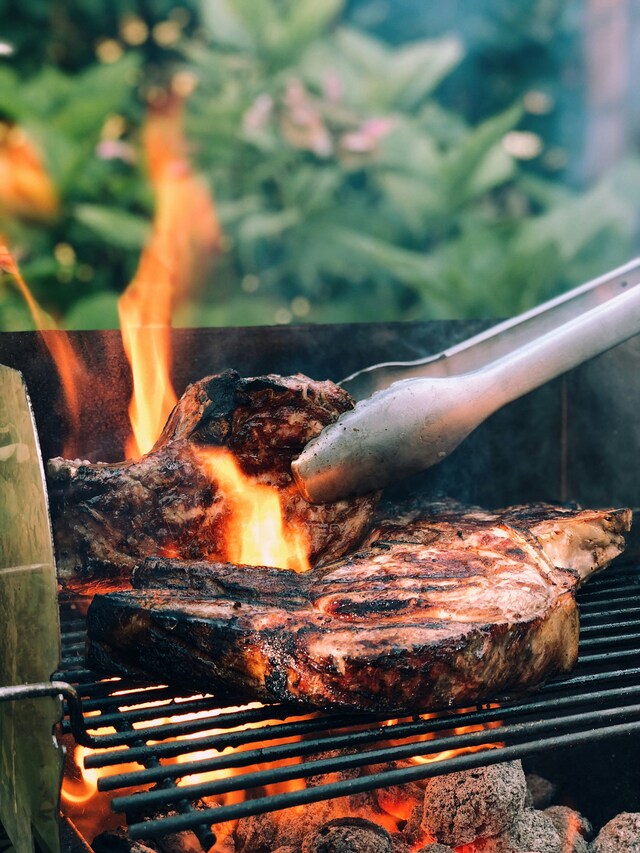On the eve of the 2025-’26 State Budget, a Dandenong South business-owner has called for land tax relief after a 2300 per cent hike in the past decade.
Angie Ramos of DH Corrosion and DPC Coatings told State Treasurer Jaclyn Symes in a letter last month that the firm’s annual land tax bill has soared from $8703 in 2015 to $203,600 and rising.
The sandblasting, steelwork and painting business has remained at the same 1.7-hectare site at Ordish Road since 1973.
It is especially valuable due to being in one of Melbourne’s few heavy-industrial zones.
The firm has supplied major projects such as Docklands Stadium, the MCG, Southern Cross station and Eastlink bridges and gantries.
But Ramos, who runs the business with son Adam, is now contemplating closure, along with putting 14 employees out of work.
Moving to a smaller, lower-taxed site was not an option, he says.
“We need a property of this size to handle and treat large fabrications and volumes of steelwork required to complete major projects,” he stated to Symes.
“We believe this is an unfair tax and has become a major burden to our business and diminished our ability to employ more personnel and run a profitable business.”
Ramos argues the bills are disproportionate to the rising unimproved land value – which has tripled in the past decade.
“The idea of running a business, employing workers, and striving to generate a profit only to pay a significant portion of this profit over to the state government in land tax has become a ridiculous business model.
“We’re not going to continue until we ‘go broke’ or stay in business just to pay the SRO a land tax.”
South East Melbourne Manufacturers Alliance has called for a cap on soaring land tax bills, and to tie land tax rates to economic output, not land size and value.
“Manufacturers cannot continue to shoulder these unjustified increases in land tax,” SEMMA chief executive Honi Walker said.
“It’s time the policymakers stopped gouging manufacturers.”
In 2023, the State Government introduced a Covid Debt Repayment Plan, which increased land tax rates based on site value.
These changes are legislated to apply until at least 2033, in an effort to repay public debt from the heights of the Covid-19 outbreak.
Taxing manufacturers increased the cost of everyday products made in Australia and blunted investment in hiring apprentices and skilled workers, Walker said.
SEMMA met with then-Treasurer Tim Pallas over the issue last year, citing several members facing exponential land-tax bills.
Symes has not responded to its requests for a meeting.
The State Government was contacted for comment by Star News last week.
Recently a spokesperson stated that its land tax policy shifted the tax burden away from small landowners.
“The value of land used to calculate land tax typically increases over time, and due to high demand for industrial land many owners have seen the value of their properties rise.
“Victoria’s land tax system is progressive and ensures that smaller property investors pay proportionally less than those with larger landholdings.”
The Government had cut or abolished taxes 65 times – including concessions and exemptions on stamp duty for first home buyers and abolishing the upfront cost of stamp duty on commercial and industrial buildings, the spokesperson said.
The South East manufacturing heartland employs more than 232,000 people, and generates $54 billion in gross regional product, according to SEMMA.










